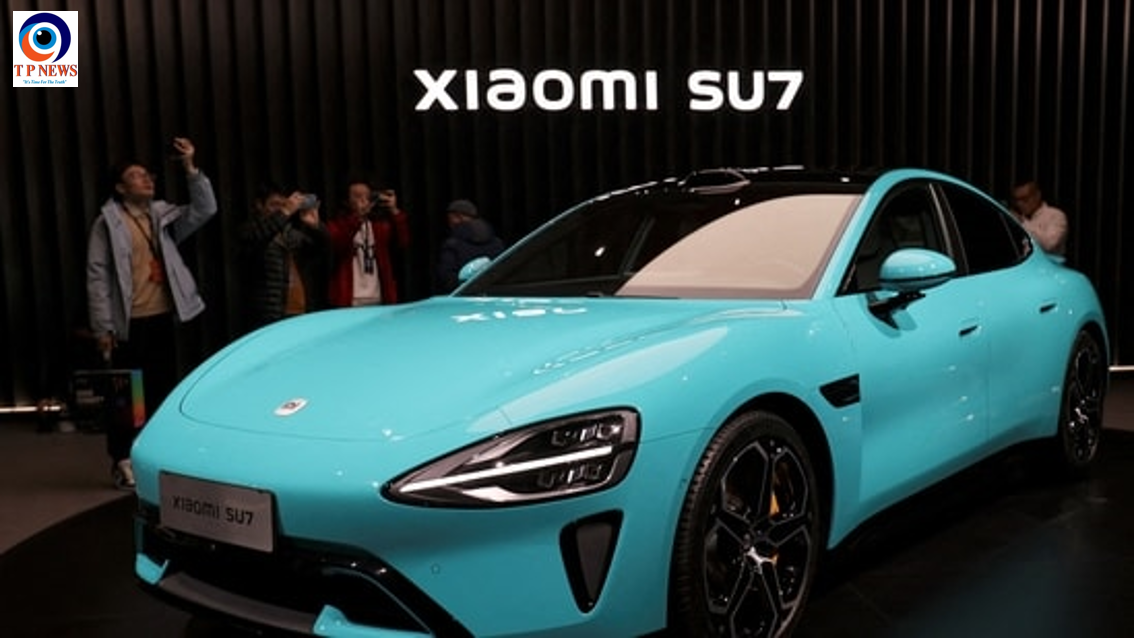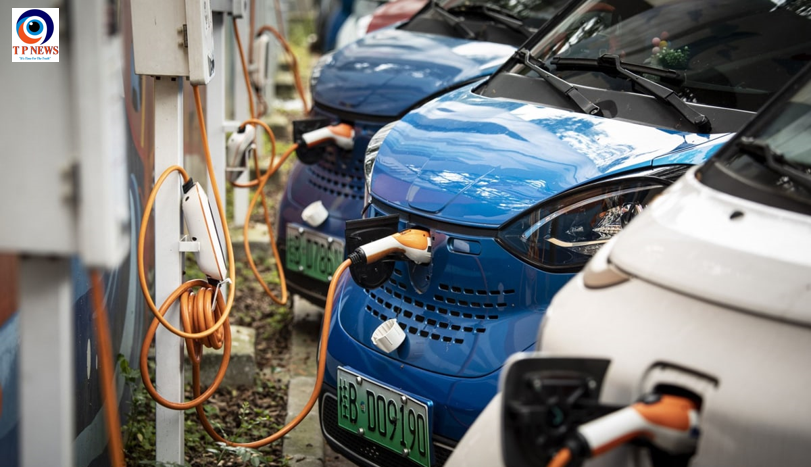Recently In an interview, Prime Minister Narendra Modi highlighted the significance of maintaining Indian identity in global investments, echoing his stance ahead of Elon Musk’s anticipated visit to India later this month. Speaking to ANI, PM Modi reiterated the importance of products being manufactured by Indians, ensuring employment opportunities for the nation’s youth.
During the interview, PM Modi addressed the buzz surrounding Elon Musk’s admiration for India, emphasizing that the tech billionaire’s support extends beyond individuals to the nation as a whole. Reflecting on his past interactions with Musk, PM Modi recalled their meeting at the Tesla factory in 2015 and subsequent discussions during his visit to the US in 2023.
Elon Musk’s impending visit to India has sparked widespread anticipation, with expectations of major investment announcements, particularly in the electric vehicle (EV) sector. In a recent statement, Musk expressed Tesla’s interest in providing electric vehicles in India, aligning with the country’s commitment to advancing its EV domain.
PM Modi underscored India’s rapid progress in the EV sector, citing a significant surge in sales from 2,000 units in 2014-15 to 12 lakh units in 2023-24. He attributed this growth to various factors, including government incentives, infrastructure development, and increasing consumer interest.
Highlighting India’s attractiveness for global investments, PM Modi cited examples of leading companies like Google, Apple, and Samsung making significant strides in the country. He emphasized India’s eagerness for technology transfer and reiterated his government’s commitment to the ‘Make in India’ initiative.
The accelerated pace of Elon Musk’s visit to India follows the unveiling of the country’s new EV policy, which offers incentives for setting up manufacturing units. The policy mandates significant levels of domestic value addition and imposes customs duties on imported vehicles, incentivizing local manufacturing.
Reports suggest that Tesla is actively exploring options for setting up a manufacturing plant in India, with offers from states like Maharashtra and Gujarat for land acquisition. The prospect of Tesla’s presence in the Indian market signals a significant development in the nation’s electric mobility landscape.
As India gears up to welcome Elon Musk and potential investments, PM Modi’s emphasis on preserving Indian identity amidst global ventures underscores the country’s commitment to economic growth and self-reliance.





